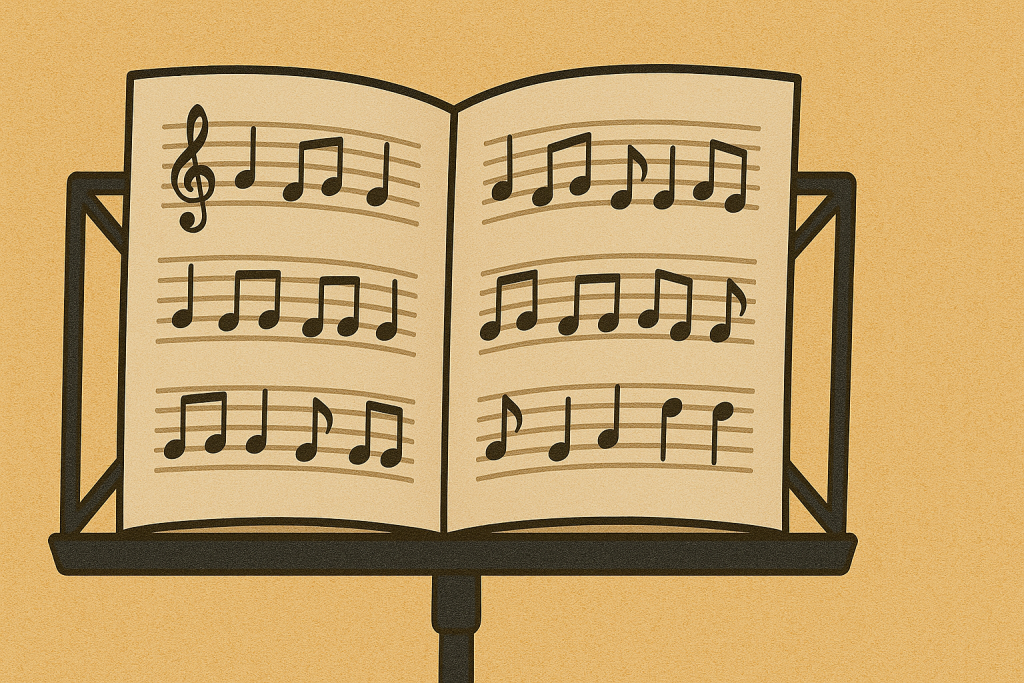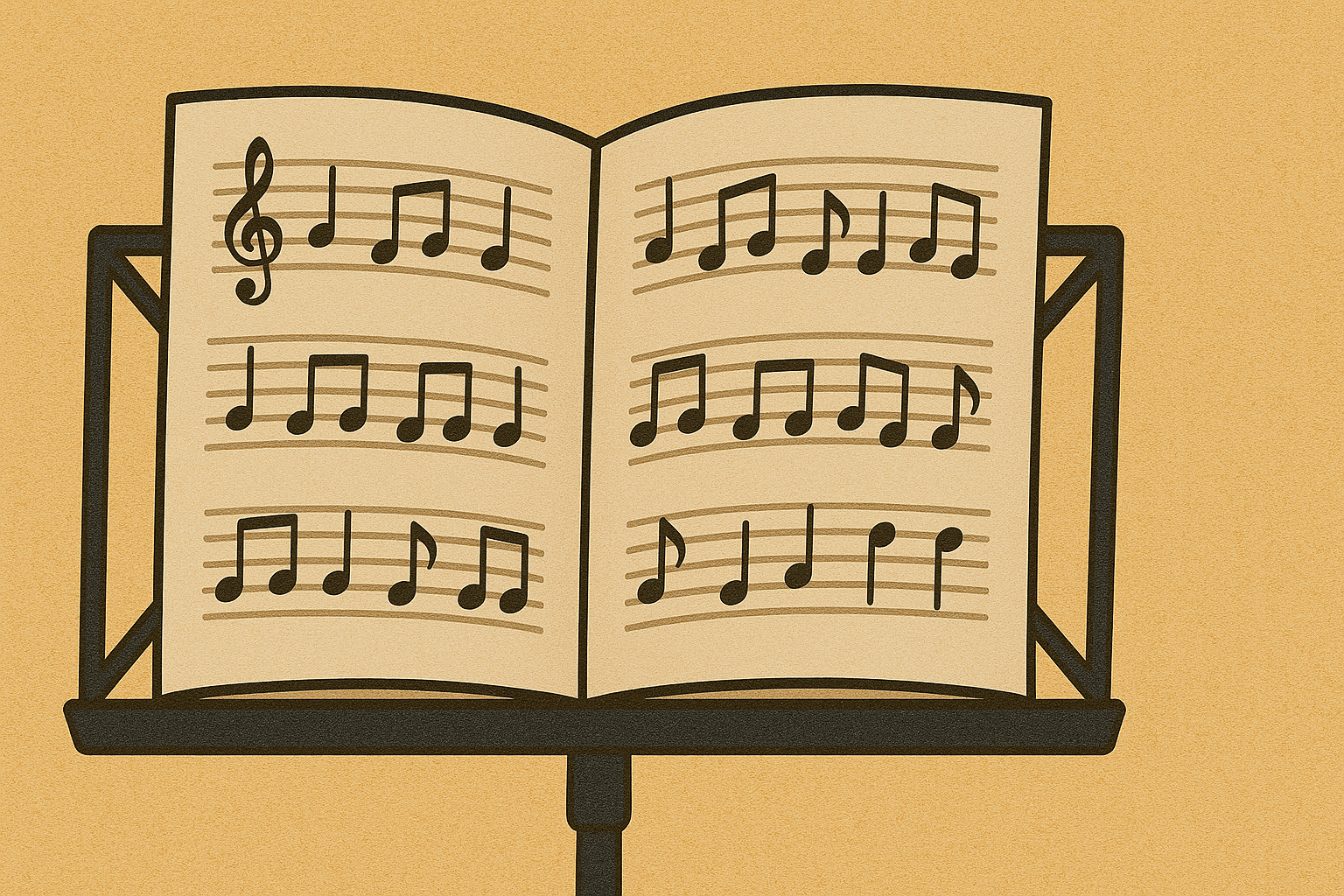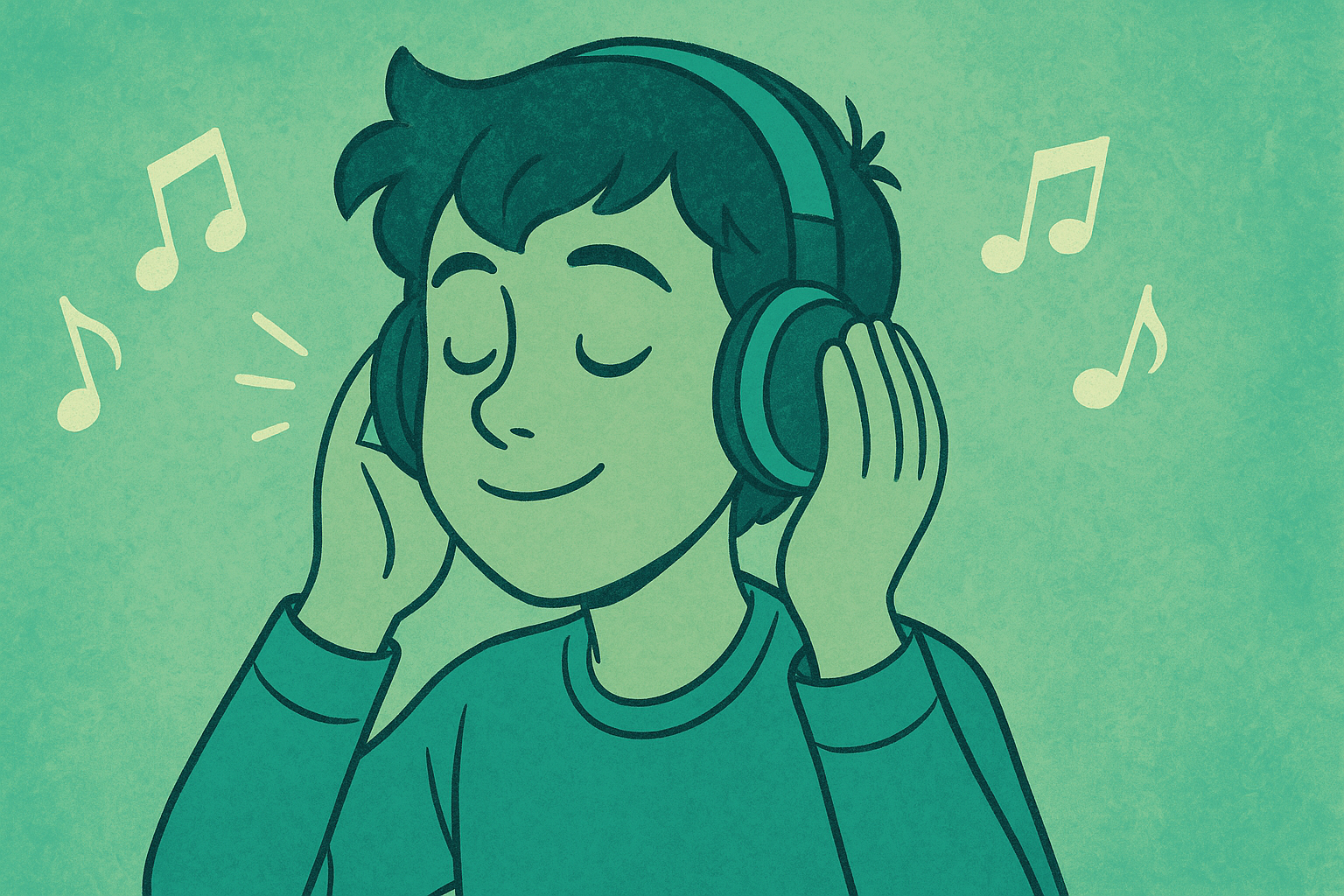
Learning Music Theory Through Play: Top Games for Musicians
Music theory is by far the most sophisticated aspect of this art, but for many musicians it can feel like an intimidating maze of notes, scales, and chords. Every professional knows: hours of drills, tons of exercises, and relentless practice are essential, yet even then, concepts can feel abstract and hard to internalize. The hunt for the most efficient tools and comprehensive resources shall begin.
Nonetheless, what is usually considered too complex to be easy can sometimes be present in a more playful and approachable form (especially for children and those who are not planning to become a theory expert). Music theory games, on their part, do change the way musicians can learn. Interactive challenges, gamified interfaces, and dozens of tasks that feel somewhat fun can turn practice into an engaging experience, but how? Let us see.

What Is Music Theory, and What Does It Comprise?
In broader terms, music theory is the study of how music works, its frameworks, and general domains, i.e., how melodies, harmonies, rhythms, and song structures are born, which patterns they are based on, and how notes interact with one another. What is obvious is that it provides musicians with the tools to understand, analyze, and create music in a logical and organized way.
Music theory comprises the following key elements:
- Pitch and Notes: The fundamental sounds of music, including note names, octaves, and how notes relate in terms of frequency.
- Scales and Modes: Patterns of notes that form the basis of melodies and harmonies. Scales include major, minor, pentatonic, and more, while modes (like Dorian, Mixolydian, Phrygian) offer alternative tonal flavors.
- Intervals: The distance between two notes, which is crucial for building melodies, chords, and harmonic relationships.
- Chords and Harmony: How notes are combined vertically to create chords, and how chords interact in progressions. This includes consonance (stable, pleasant-sounding intervals) and dissonance (tension-creating intervals that resolve).
- Rhythm, Meter, and Tempo: The organization of time in music, including beat patterns, time signatures, note durations, syncopation, and speed.
- Melody and Counterpoint: The linear aspect of music: how notes are sequenced to create tunes, and how multiple melodic lines can interact harmonically and contrapuntally.
- Timbre (Tone Color): The quality or color of a sound that distinguishes one instrument or voice from another, even when they play the same pitch.
- Form and Structure: How musical ideas are organized over time, including song sections (verse, chorus, bridge), classical forms (sonata, rondo, fugue), and repetition/contrast strategies.
- Dynamics and Expression: Variations in volume, articulation, phrasing, and expressive techniques that convey emotion and character in music.
- Texture: The way musical lines interact, i.e., monophony (single melody), homophony (melody with accompaniment), polyphony (multiple independent melodies), etc.
- Articulation and Performance Practice: How notes are attacked, sustained, and released, and how stylistic conventions influence interpretation.
Why Is It So Hard to Learn?
Music theory is fascinating, but many musicians find it challenging. There are several reasons why.
Abstract Concepts
Much of music theory deals with ideas that cannot be seen or touched, e.g., intervals, chord functions, modes, and harmonic tension are mental constructs, not physical ones. Without connecting these concepts to actual sound, they can feel intangible and difficult to grasp.
Heavy Memorization
Learning theory often involves memorizing scales, chord formulas, key signatures, and rules of harmony – there is literally tons of information to remember. While it is always necessary, memorization alone cannot lead to understanding or the ability to apply concepts in real music.
Multi-Layered Complexity
Music combines pitch, rhythm, timbre, harmony, melody, and expression simultaneously. Beginners can feel overwhelmed trying to process all these elements at once (most professionals have spent years drilling the rules).
Delayed Gratification
Unlike playing a melody or chord on an instrument, understanding theory does not produce instant audible results. The lack of immediate reward can make studying feel tedious, especially for learners who thrive on practical application.
Disconnect from Real Music-Making
Many theory lessons are taught in isolation, e.g., through textbooks, worksheets, or apps, without being directly tied to instruments or composition. This makes it harder for learners to see the relevance of what they are studying and slows the transfer of knowledge to actual playing or composing.
The Cognitive Benefits of Music Theory Games

The idea of making something fun may work in the short run. In the long run, though, it is a bad idea to simply entertain, for learning only happens when the brain is actively challenged. Games based on music theory reach a delicate compromise between entertainment value and significant mental stimulation.
Besides, it is all about ear training and auditory discrimination: repeatedly hearing and responding to pitches, chords, and rhythms trains a sharper sense of sound relationships, which directly improves skills like improvisation, sight-reading, and composing as well. Good practice means progress, and for musicians, it is like a workout for the brain that boosts cognitive health for good.
The Main Categories
Since music theory itself is extremely diverse and comprises different fields of scientific study at the same time, there exist various categories of games that target various skills and spheres of use.
| Type of Game | Description | Examples |
| Ear Training | Develops the ability to recognize pitches, intervals, chords, and scales by ear. Improves auditory discrimination, improvisation, and sight-reading. | ToneGym, Functional Ear Trainer, EarMaster |
| Rhythm and Timing | Focuses on beat, meter, and timing. Players learn to identify, reproduce, and sync to rhythmic patterns, improve coordination, and timing accuracy. | Rhythm Cat, Mind Elevate, Beat Fever, Melodics |
| Note Reading | Teaches recognition of musical notation and translating notes to instruments. Strengthens the connection between visual symbols and actual sounds. | Staff Wars, NoteRush, Sight Reading Factory |
| Harmony and Composition | Encourages experimentation with chord progressions, scales, and melody. Develops understanding of harmonic structure and fosters creativity. | Hooktheory, Flat.io interactive exercises, Chordbot |
| Mixed-Skill/Gamified Platforms | Combines ear training, rhythm, note reading, and theory quizzes in one interactive environment. Often includes levels, challenges, and scoring to motivate learners. | MusicTheory.net exercises, Complete Music Reading Trainer, Practica Musica |
Tips for Using Games to Learn Music Theory Effectively
- Set Clear Goals
First of all, decide what you want to improve. Is it ear training, rhythm, sight-reading, or harmony? Focusing on a specific set of skills to make consistent progress instead of playing aimlessly.
- Balance Games with Practice
As we all know, practice makes progress (not vice versa). Games are a powerful tool, but they work best alongside traditional practice on your instrument. Apply what you learn in real musical contexts to reinforce understanding.
- Track Your Progress
Many apps offer scoring, levels, or progress charts. Use these features to monitor improvement and stay motivated. Keep a personal practice log to identify strengths and areas for improvement.
- Make Practice Social
Challenge friends, join online communities, or participate in leaderboards. A bit of friendly competition can boost motivation and make learning more enjoyable.
- Do Not Rush
Games are fun, but speed is not always the goal. Take your time to fully grasp patterns, chords, and rhythms before moving to more advanced levels. Deep understanding leads to lasting musical skills.
Theory is always less engaging than practice, but it is the theory that defines your success. Leverage its power, embrace the challenge, and find peace in watching your skills soar.